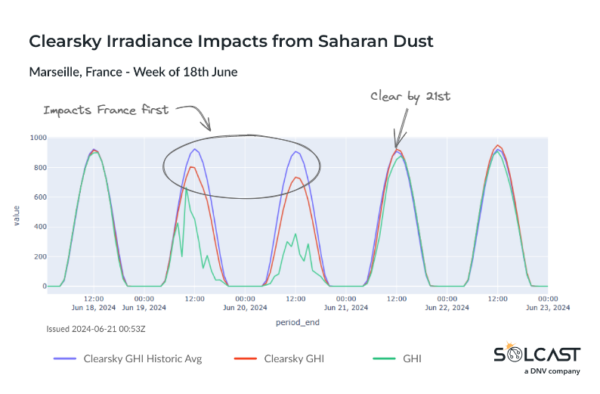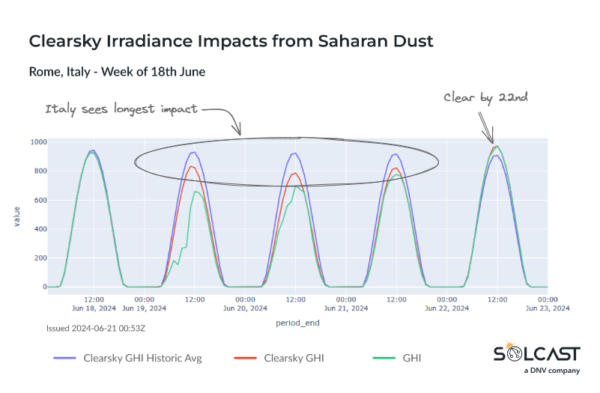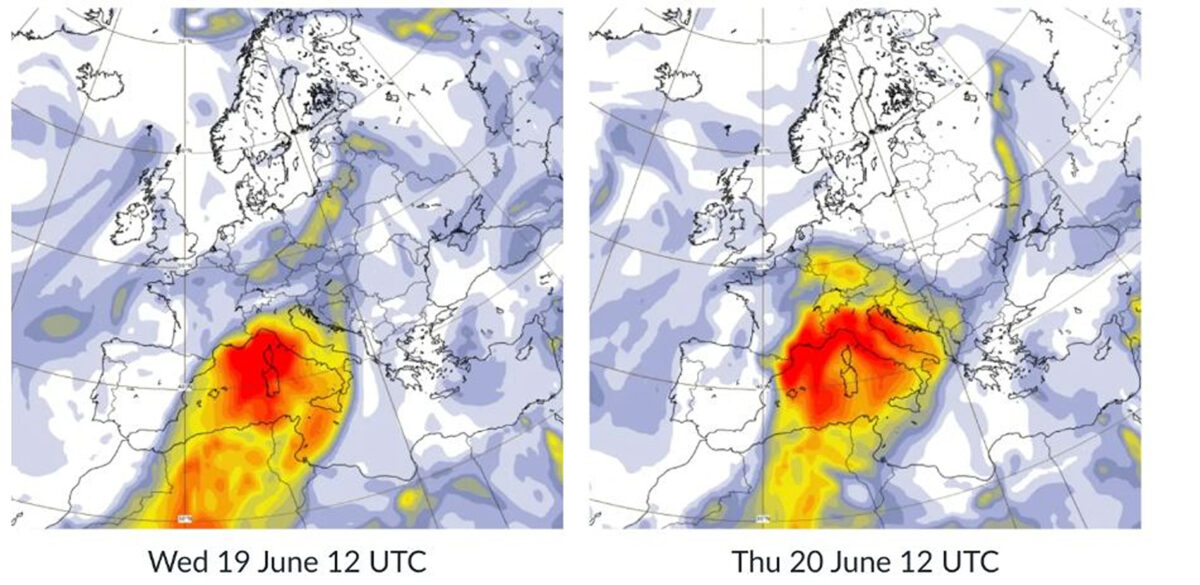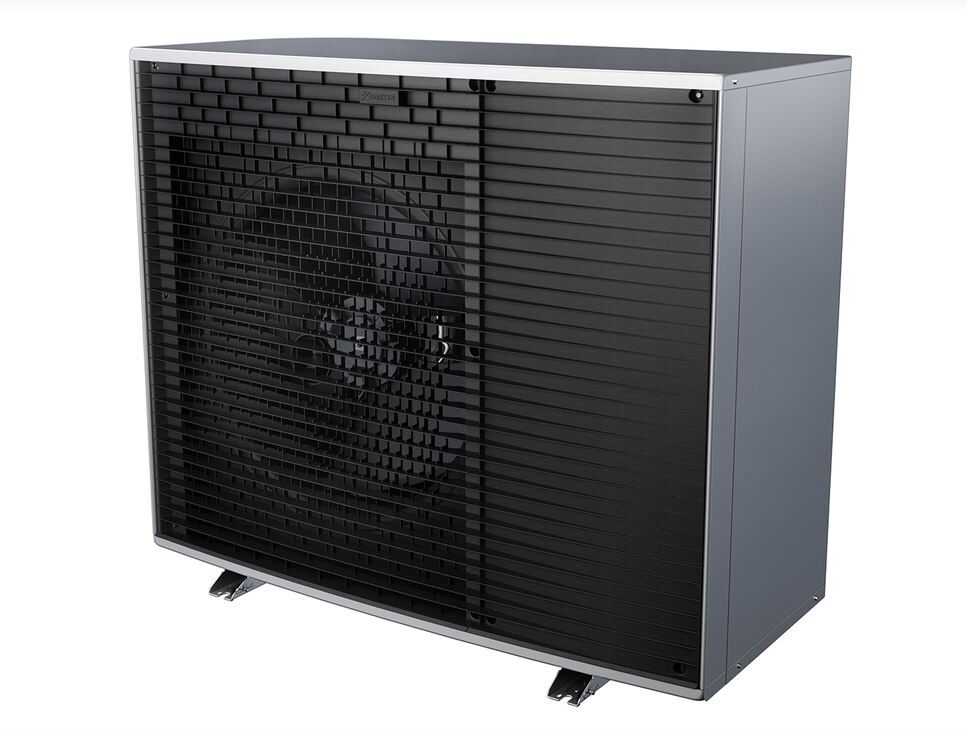Solar generation across Europe has been impacted up to 20% this week, as Saharan dust has been carried through the atmosphere. Dust clouds like this, relatively common, can reduce clear sky irradiance—and therefore solar generation—by up to 20%, though fortunately only last a few days. This week’s dust cloud is set to clear by Saturday, with areas further north and mountainous regions protected by the Alps seeing a reduced impact, according to analysis using the Solcast API.

A low-pressure system over the Mediterranean led to a significant dust transport event, affecting solar generation across Europe throughout the week. Weak low pressure in the Mediterranean set up southerly winds from Saharan Africa across the Mediterranean into
Europe, drawing dust into Italy and southern France. High-pressure ridging from the Atlantic introduced westerly winds, pushing the dust around the north of the Alps into southern Germany. By Saturday, the dust will be much less intense, diluted by mixing with the upper
layers of the atmosphere and dispersing.


As the dust traveled northwards, its intensity and the resultant impact on irradiance diminished. On Wednesday, June 19, Italy, particularly Rome, and southern France, including Marseilles, experienced significant impacts. By Thursday, June 20, the dust affected southern Germany, notably Frankfurt and Munich, with Switzerland largely shielded by the Alps. By Friday, June 21, the dust had cleared from southern France but impacted Berlin. By Saturday, June 22, it was much diluted and had moved further east.


The impact on clear sky irradiance was notable, with Marseilles experiencing more than a 20% reduction compared to average clear sky Global Horizontal Irradiance (GHI). Saharan dust transport events across the Mediterranean are not uncommon in the Summer, as the Azores High migrates northwards, allowing more low pressure systems to develop in the Mediterranean. This is why Italy, which extends into the Mediterranean, is typically more exposed to such dust transports.
Solcast produces these figures by tracking clouds and aerosols at 1-2km resolution globally, using satellite data and proprietary AI/ML algorithms. This data is used to drive irradiance models, enabling Solcast to calculate irradiance at high resolution, with typical bias of less than 2%, and also cloud-tracking forecasts. This data is used by more than 300 companies managing over 150GW of solar assets globally.
The views and opinions expressed in this article are the author’s own, and do not necessarily reflect those held by pv magazine.
This content is protected by copyright and may not be reused. If you want to cooperate with us and would like to reuse some of our content, please contact: editors@pv-magazine.com.



By submitting this form you agree to pv magazine using your data for the purposes of publishing your comment.
Your personal data will only be disclosed or otherwise transmitted to third parties for the purposes of spam filtering or if this is necessary for technical maintenance of the website. Any other transfer to third parties will not take place unless this is justified on the basis of applicable data protection regulations or if pv magazine is legally obliged to do so.
You may revoke this consent at any time with effect for the future, in which case your personal data will be deleted immediately. Otherwise, your data will be deleted if pv magazine has processed your request or the purpose of data storage is fulfilled.
Further information on data privacy can be found in our Data Protection Policy.